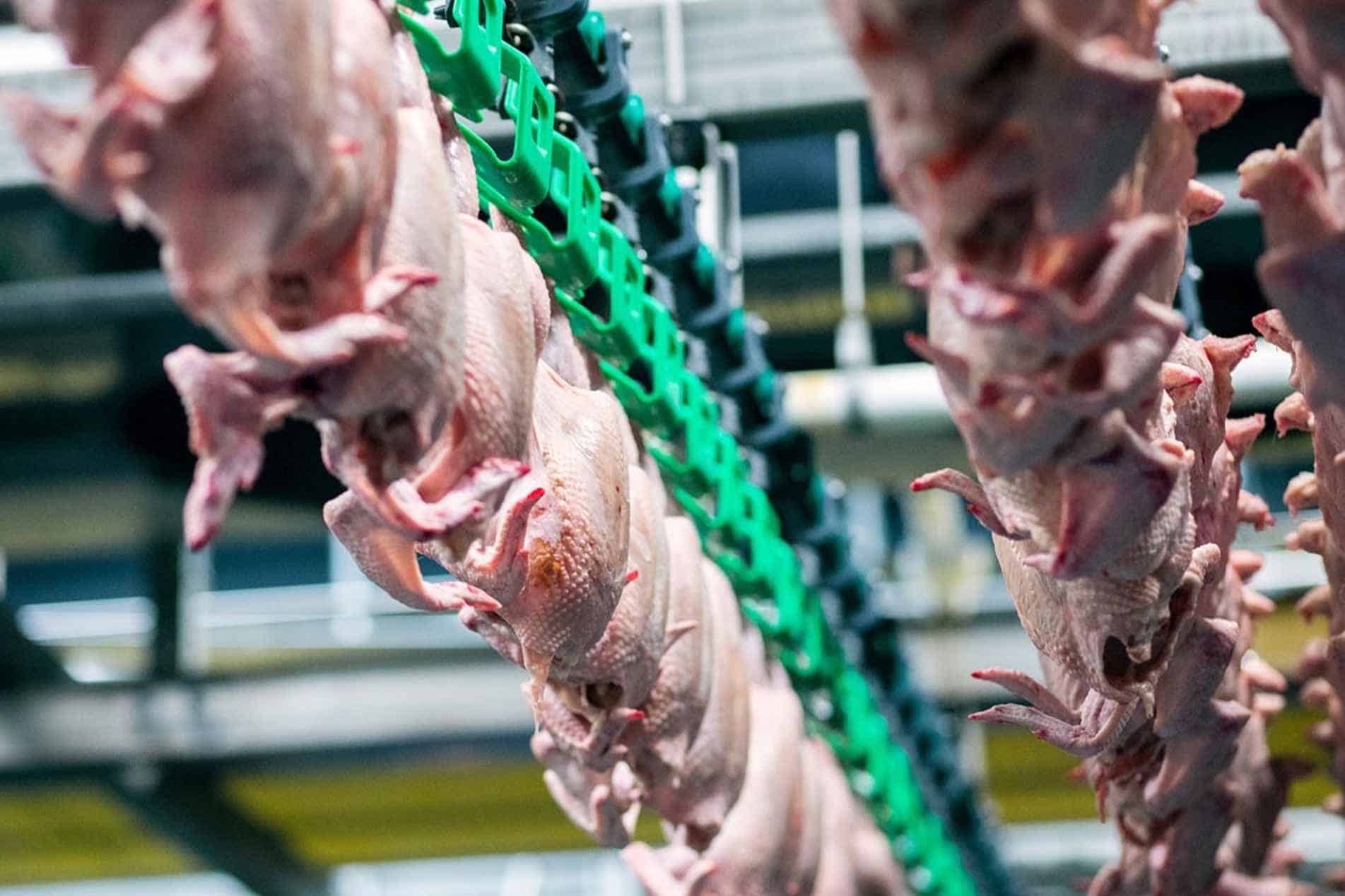A meal is not only determined by its flavor but also by the processes the ingredients have undergone. The dish is just as good as its ingredients.
So, if you like to cook or eat, you must take the time to learn the ingredients. So, what is air-chilled chicken?
All About Air-Chilled Chicken
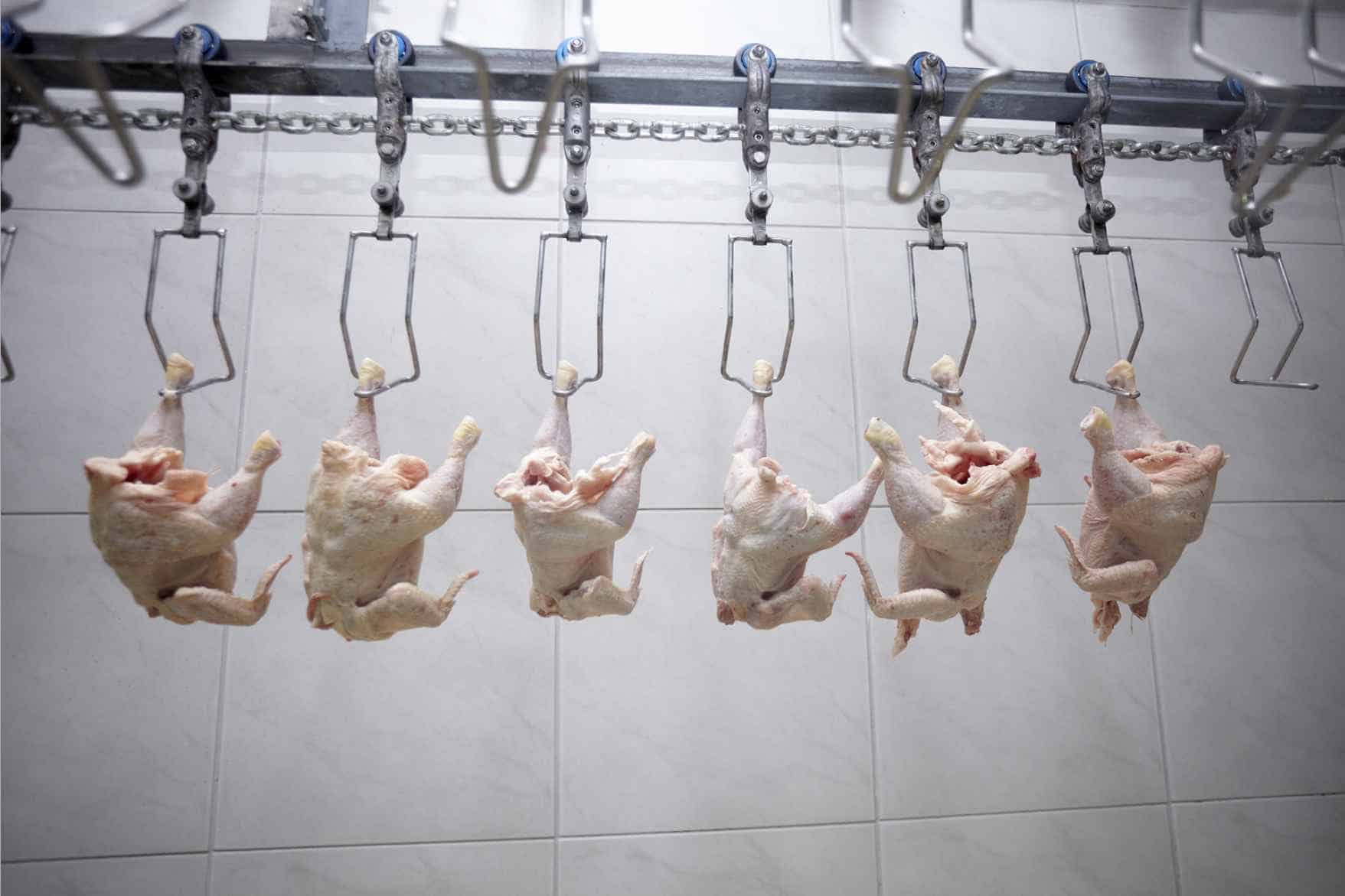
The United States Department of Agriculture has mandated a minimum cooling temperature for chicken and other poultry to ensure that dishes are safe.
They have made it mandatory that all chicken must be chilled to a setting of forty degrees Fahrenheit below within four hours after slaughter.
This technique is used to kill off salmonella and other pathogens that could potentially make people sick by eating them. Chicken is often dipped in tubs of cold water as the regular and most common procedure in the United States.
While the method itself is safe, there is a chance that the chicken will soak up too much water. This process can also diminish the meat’s flavor and make it more susceptible to contamination.
On the other hand, air chilling is often used since it does not require water and is exceedingly hygienic, reducing the likelihood of contamination to a minimum.
Air-chilling
European countries started using air chilling for chicken in the 1960s, but the technique didn’t arrive in the United States until 1998.
Air-chilled chicken is when chicken meat is put through a series of chambers equipped with refrigeration units and air purifiers to bring the internal temperature down to below freezing.
As its name implies, air chilling involves exposing the product to carefully managed streams of chilled air until the chamber achieves the correct temperature. Also, this process is only used for fresh items.
Unlike the regular process of submerging the meat in cold water, this method does not add any additional moisture to the chicken. As a result, this process results in a more robust flavor and reduces the likelihood of infection.
The Process of Air Chilling
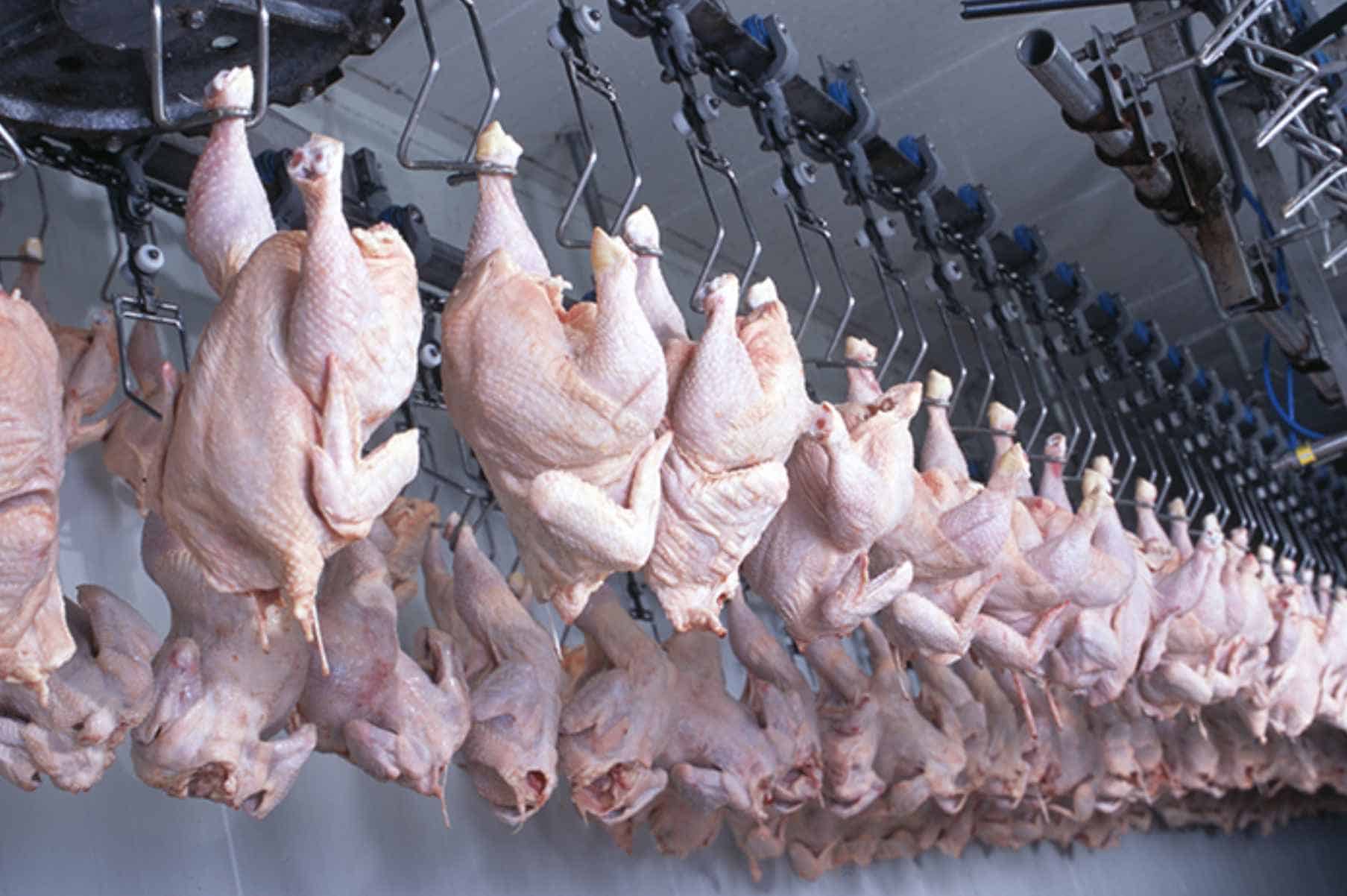
The first step involves rapidly bringing each bird’s internal temperature down by running cool, filtered air over its body. Depending on how they are set up, the tunnel’s specialized air coolers and fan outputs can provide a vertical or horizontal cross breeze.
The meat would then, based on the method utilized, may go through either one or two compartments for three and a half to four and a half hours.
Compared to submerging meat in cold water, the technique of air-freezing takes a lot longer. However, despite taking more time, many people believe the benefits are worth the extra time and effort.
The distribution program for certain technologies includes two types of shackles: a one-leg shackle and a two-leg shackle. The two-legged shackle enables an automated process for moving the meat from the chilling line to the cutting line.
This setup can also automatically weigh the meat after and before the chilling process. On the other hand, a one-leg shackle is a great option when your goal includes space saving.
Advantages of Choosing Air Chicken
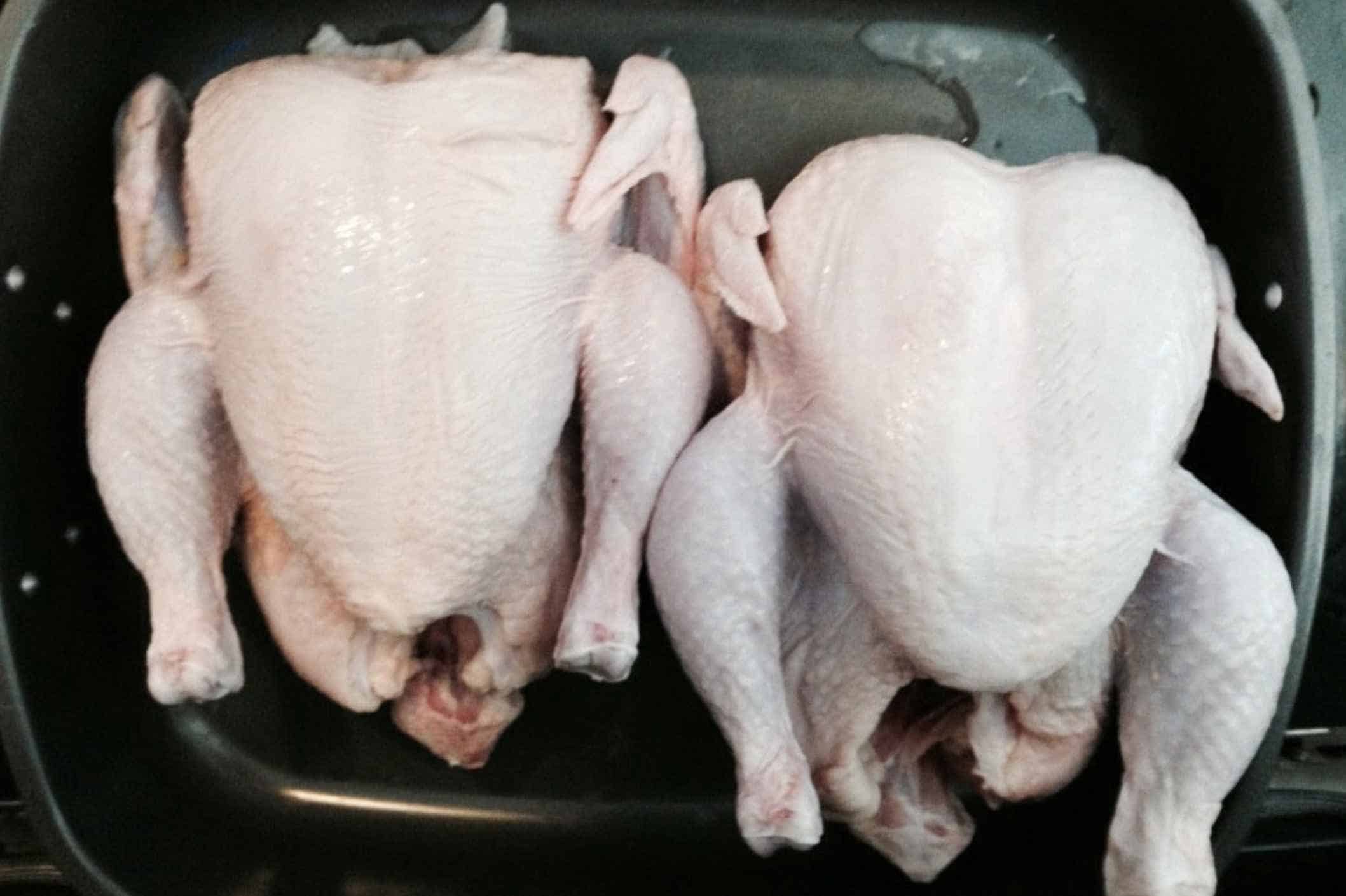
Better flavor
Numerous chefs and food experts claim that chickens cooled through air chilling have a superior flavor. Without losing any of its natural moisture, the meat retains its flavor and tenderness, delivering a flavorful bite.
Unfortunately, the preparation of water-chilled chicken causes it to become soggy. Water absorbed during manufacturing often escapes into the packaging and evaporates when the meat is dried or cooked. This also leaves the meat bland, drier and unable to absorb flavors from seasonings.
Better crisp
If you prefer your chicken fried, roasted, grilled, or pan-seared, and you like the skin gold and crispy, then the air-chilled chicken is the best option.
Even after being packaged, the chicken skin retains its firm texture and does not become soggy or loaded with liquid because the method does not involve adding any additional water.
This ensures that the meat will get delicious and crispy when cooked. The same good result can be achieved regardless of your kitchen cooking material. This way, you can achieve the golden, crispy skin chicken dish that is the hallmark of professional chefs.
You get what you pay for
When you buy chicken that has been air-chilled, you get the most of the money you spent.
This is because only a small amount of weight is lost in the process of getting from the slaughterhouse to the supermarket. When you remove the packets from the container, they do not contain any watery liquid.
Faster cook time
Since they have not absorbed additional water, These types of meat also cook quicker than chicken refrigerated traditionally.
Eco-friendly
Air chilling also has positive effects on the environment. The process requires a significantly smaller amount of water, which results in daily water savings of up to thousands of gallons.
Reduced possibility for contamination
When chickens are cooled using the conventional method, it will involve placing many types of meat in the same water tank. This condition poses a higher risk for cross-contamination. Consequently, this danger can be avoided by air chilling.
Things To Know About Air-Chilled Chickens
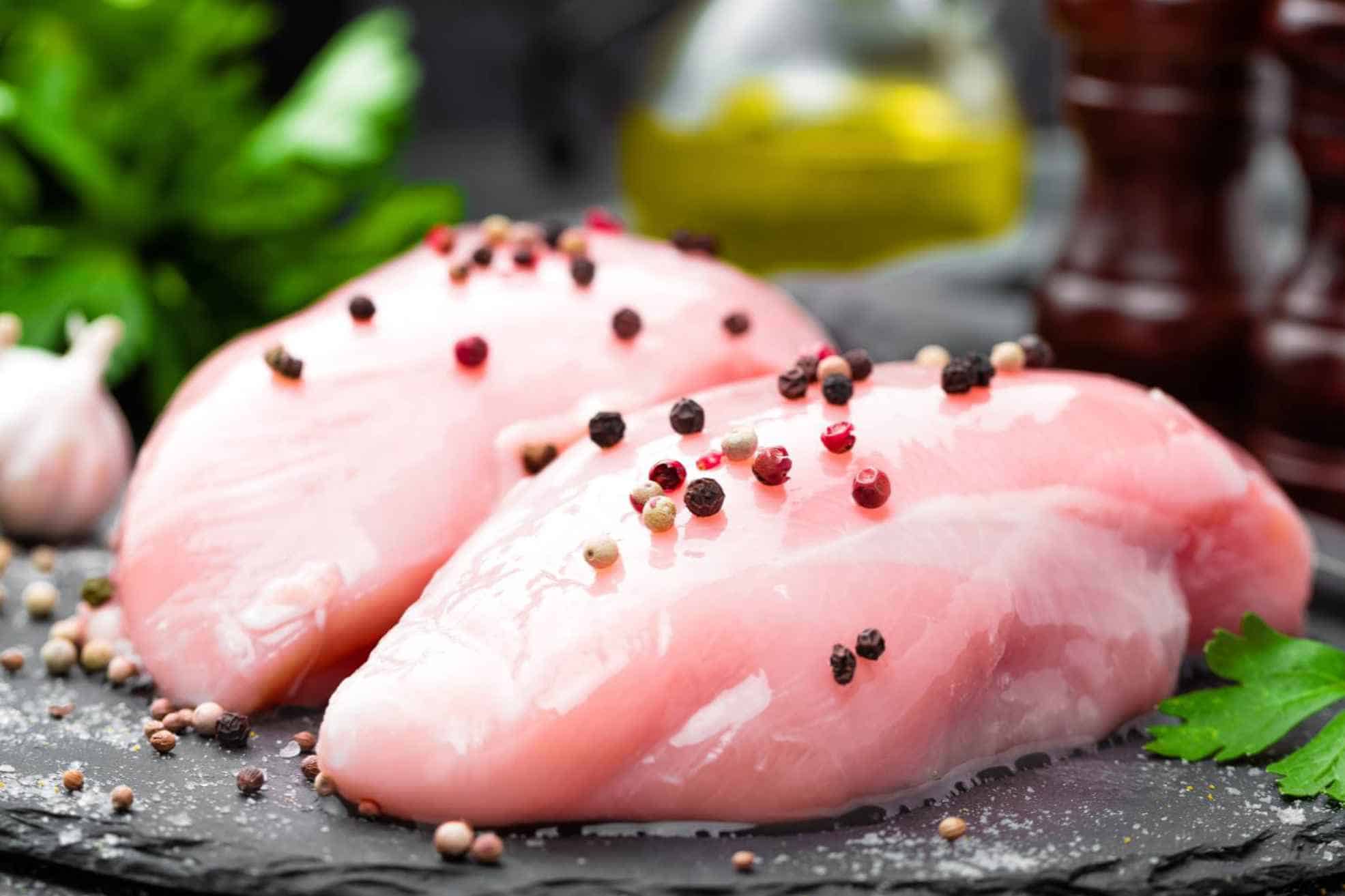
Preparation
- Don’t mix raw chicken with other foods.
- An unopened container of chicken will keep in the fridge for a maximum of 48 hours. Put it in the freezer as soon as possible if you do not intend to use it within the given time frame.
- It is essential to properly wash one’s hands and cooking utensils to avoid getting sick.
- Don’t forget to give your hands a good washing after handling raw chicken. You should wash them well with lukewarm water for at least 20 seconds before beginning to cook and whenever you switch chores in the kitchen.
- Please use a fresh towel to dry your hands thoroughly.
- After contacting the chicken, you should thoroughly clean any chopping boards, tools, and worktops.
- Cut the cooked ingredients like meat, raw meat, and fruits and vegetables on different chopping boards.
Storage
- Once the dish is done, keep it hot. Immediately place any leftovers in the refrigerator or otherwise dispose of them.
- To reduce the likelihood of contracting a foodborne illness, proper handling of poultry is essential. Reduce the amount of time you spend handling raw chicken.
- Maintain the temperature of the hot foods and the cold foods. When temperatures rise above 140 degrees Fahrenheit, most germs that cause disease are destroyed. Based on the portion, the recommended internal temperature for irregularly shaped chicken meat is slightly higher, ranging from 165 degrees Fahrenheit to 180 degrees Fahrenheit. This is done to guarantee that all dangerous bacteria are eliminated from the entire piece. Temperatures lower than 40 degrees Fahrenheit do not eliminate bacteria but inhibit the organisms’ growth.
- Keep your fridge at no more than 40 degrees Fahrenheit.
- The maximum time that almost all meals may be safely kept between 40°F and 140°F is two hours. This time range includes the time required to serve the dish and chill it in the fridge.
- The shelf life of foods stored in a chafing dish at temperatures exceeding 140 degrees Fahrenheit is around four hours.
- Right after a meal, store any prepared items that need to be chilled in a shallow pan; you can also place them in a container with a lid in the freezer or fridge. This will enable the dishes to get cold as swiftly as possible.
- Ensure you use any uneaten food over the next two to four days. At a minimum, reheat the leftover meals to 165 degrees Fahrenheit.
Air Chilled Chicken FAQs
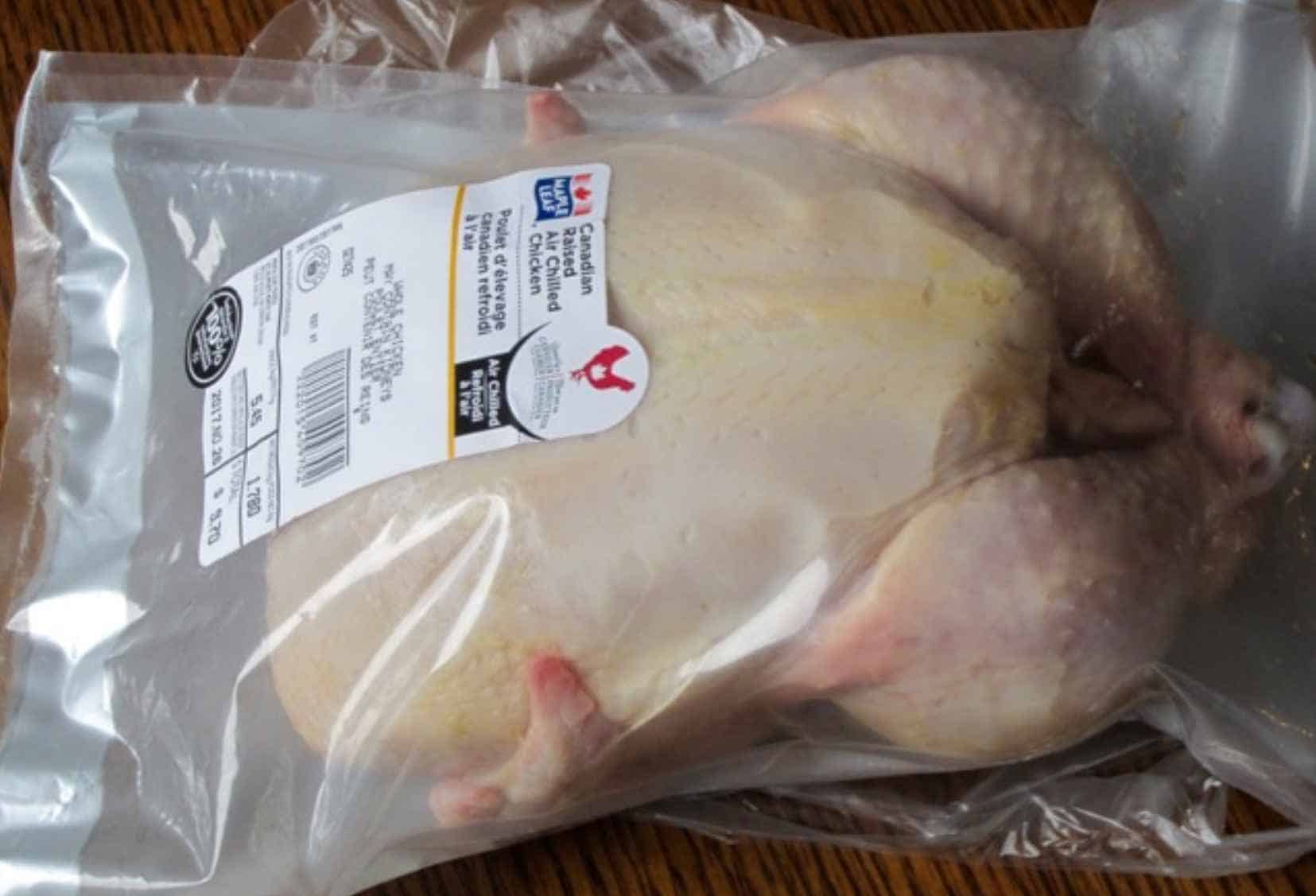
How long can chicken that has been air chilled be stored in the freezer?
Chicken cutlets can be stored in the freezer for up to nine months, while whole chickens can be stored for up to 12 months.
When cooked chicken is placed in the freezer, you can assume to keep it for anywhere between two and six months. Cooking chicken and then freezing it is also an excellent approach to minimizing food waste.
Once thawed, can air-chilled chicken be refrozen?
Food safely defrosted out of the freezer can be refrozen without being cooked. However, the overall quality may deteriorate as a consequence of the reduction of humidity. Cooked frozen foods can also be safely refrozen.
Is it okay to brinechicken that has been air-chilled?
Air-chilled chicken meat absorbs three and a half times as much brine compared to water-chilled meat. Therefore air-chilled meat is distinctively more flavorful and juicy than those that were water-chilled.
What are the key differences between the process of freezing and chilling?
In the culinary context, freezing is the process of reducing the product’s temperature to less than -18 degrees Celsius. On the other hand, chilling rapidly lowers a food item’s temperature from its production temperature to a colder one, often between 1 and 4 degrees Celsius.
Summary
What is air-chilled chicken? It’s poultry meat that has undergone a chilling process, producing better quality chicken with several benefits.
While they may cost a bit more in the market, learning about the advantages will prove it worthwhile. When cooking meals with chicken meat, it’s important to be well-informed about the processes the meat has gone through.
